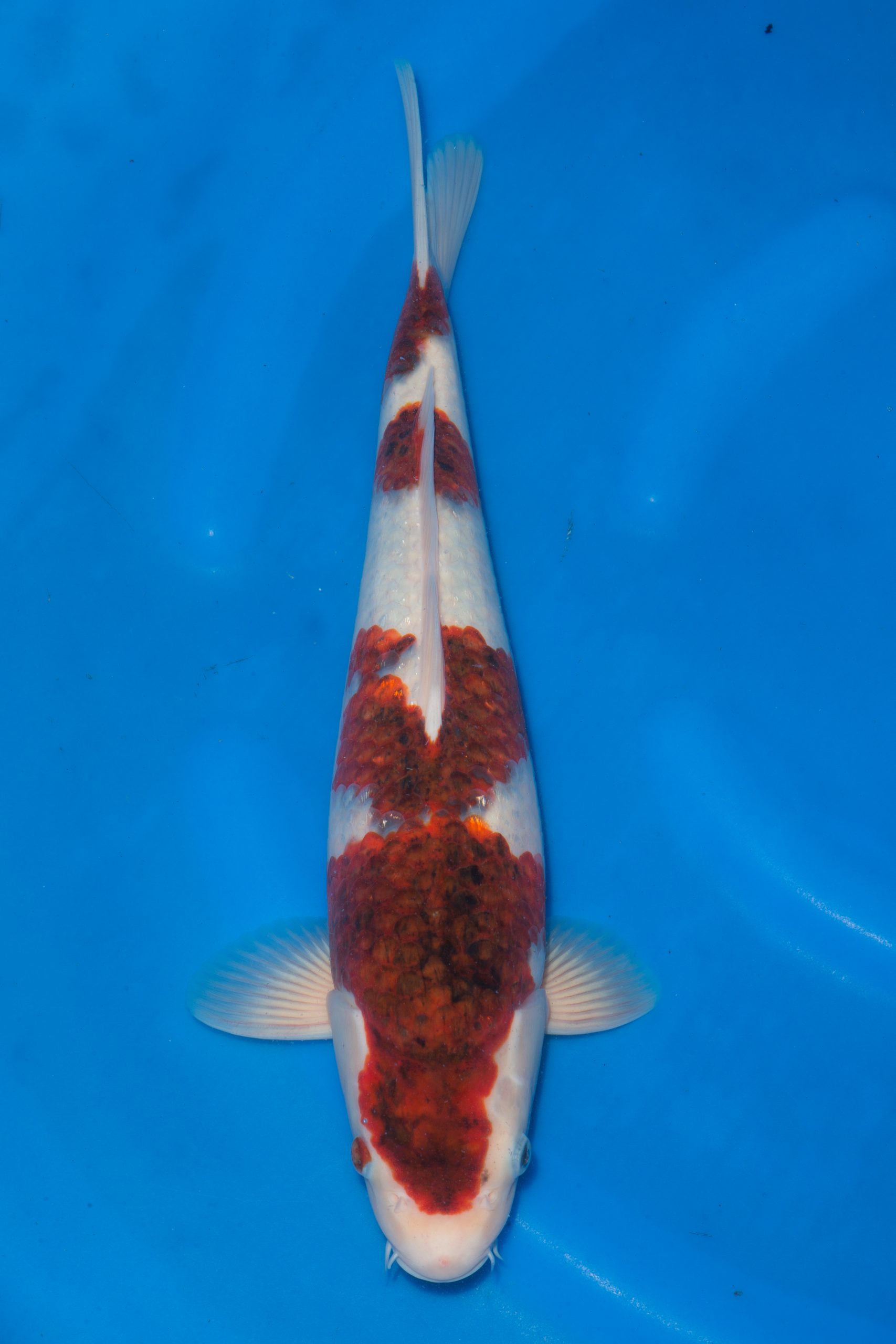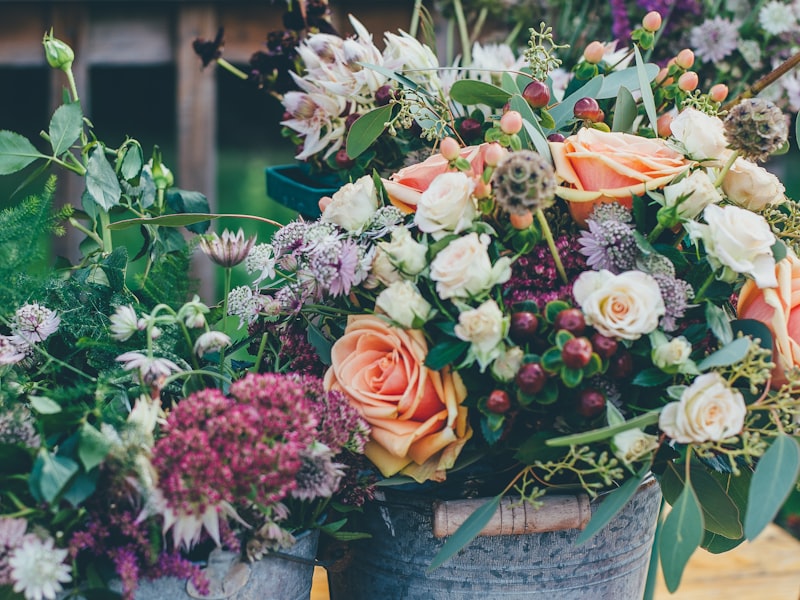
Growing koi of any age is an enjoyable and exciting activity that will keep you occupied for years to come.
Watching your fish flourish under your care and efforts is so special. Particularly if you hatch your koi from eggs.
Koi fish can be raised from birth either intentionally or unintentionally, and their care is worth the time, effort, and money it takes to cultivate them.
Check out how to tell if koi eggs are fertilized to help you see if your clutch is viable and also understand the necessary next steps.
The Koi Mating Process
Koi fish prefer to mate when the temperature outside is between sixty and seventy degrees Fahrenheit. During this period, the pond quality is optimal for supporting eggs and young fry, ensuring a stronger chance of reproducing.
In general, koi fish are known for producing large amounts of healthy eggs at a time, so if you intend to breed koi, you will probably have a pretty good chance of succeeding.
You should place two koi of different bloodlines in separate breeding ponds or tanks for breeding. Eventually, they will lay eggs here and hatch their fry.
You can add spawn mops or similar items to help anchor the eggs and give the fry something to grab onto. Eventually, the two fish will mate if they are comfortable with each other.
As the male nudges the female towards the spawn mop in an attempt to get her to lay eggs, koi mating can be rough. In some cases, the two may even fight or nip each other.
Be sure to monitor them while they're in the mating pond and ensure the water is deep enough to prevent them from flopping out and becoming hurt or even dying.
The male fertilizes the female's eggs once she lays them. You can usually determine which eggs are viable after a day.
Fertilizing Koi Eggs: What You Should Look For
Examine the kois eggs first to determine if they are fertilized.
A fertilized egg will appear clear and may even have tiny dots inside, suggesting seeds, which will soon grow into a koi fish. You should keep and protect these eggs if you are hoping they will produce fry.
Make sure to remove the koi from the pond so that they don't eat the eggs or damage them, and keep a close eye on the new babies.
Unfertilized eggs should be removed. When they are unhatched and unfertilized, they will appear fuzzy and white and should be removed as soon as possible, because they will begin to break down and release ammonia, killing the other eggs.
If you don't remove them soon enough, they can cause overcrowding and even spread fungal infections or other disorders within the eggs, so please be vigilant.
What Comes Next?
A break starts after the eggs are fertilized.
Be http://www.grandkoi.com/shop/ to check the water quality daily and to ensure that the tank or pond is flowing well, has oxygenation, and is filtered. Currently, growing koi fish feed on their own eggs and their contents.
In the three to seven days following fertilization, the eggs begin to hatch. The experience of watching them in their eggs before they enter the world for the first time is absolutely remarkable, and well worth the wait.
The new koi fry will attach to the tank's side when they hatch and stay low in the tank until their muscles become strong enough to allow them to reach the top.
It may take some time since they are still developing and very weak. For them to be able to find their way around their new enclosures, they have to essentially learn how to be fishes and strengthen their muscles to enable them to do so.
The new babies need to be handled carefully during this time. Although they are so cute, they are also very delicate and are easily damaged even by the gentlest touch.
Introducing new koi to a pond should be delayed until they are stronger and larger.
